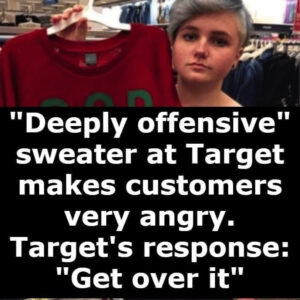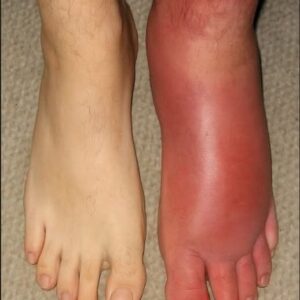Terror began with something as simple as a child buying candy. In just minutes, Perla vanished, swallowed by a city that suddenly felt cold, enormous, and merciless. Sirens echoed, flyers spread across streets, and families prayed with shaking hands. With every passing hour, one question grew heavier: where was she? Hope clung on, but dread sharpened — until a discovery near the metro station shattered everything.
Perla Alison’s story broke a silence too many families know. What should have been a brief walk became the final moment her loved ones ever saw her alive. The Amber Alert mobilized crowds and authorities, but the finding near the Constitución de 1917 station ended the search in the most heartbreaking way. Officials classified it as femicide — a sign that this tragedy was not random, but part of a deeper, ongoing epidemic.
Her neighborhood now moves between grief and fury. People gather with candles and posters, sharing her photo as if trying to protect her memory from fading. Their mourning has turned into a demand: justice must be more than a headline, and safety must be more than a promise. Communities want accountability, urgency, and action that protects children before danger reaches them.
At vigils and marches, Perla’s name echoes — not just as a loss, but as a call for change. Her short life has become a symbol of a country’s obligation to act sooner, respond faster, and shield its children with more than prayers. Her story is a wound, and a reminder that no child should ever be forgotten.





